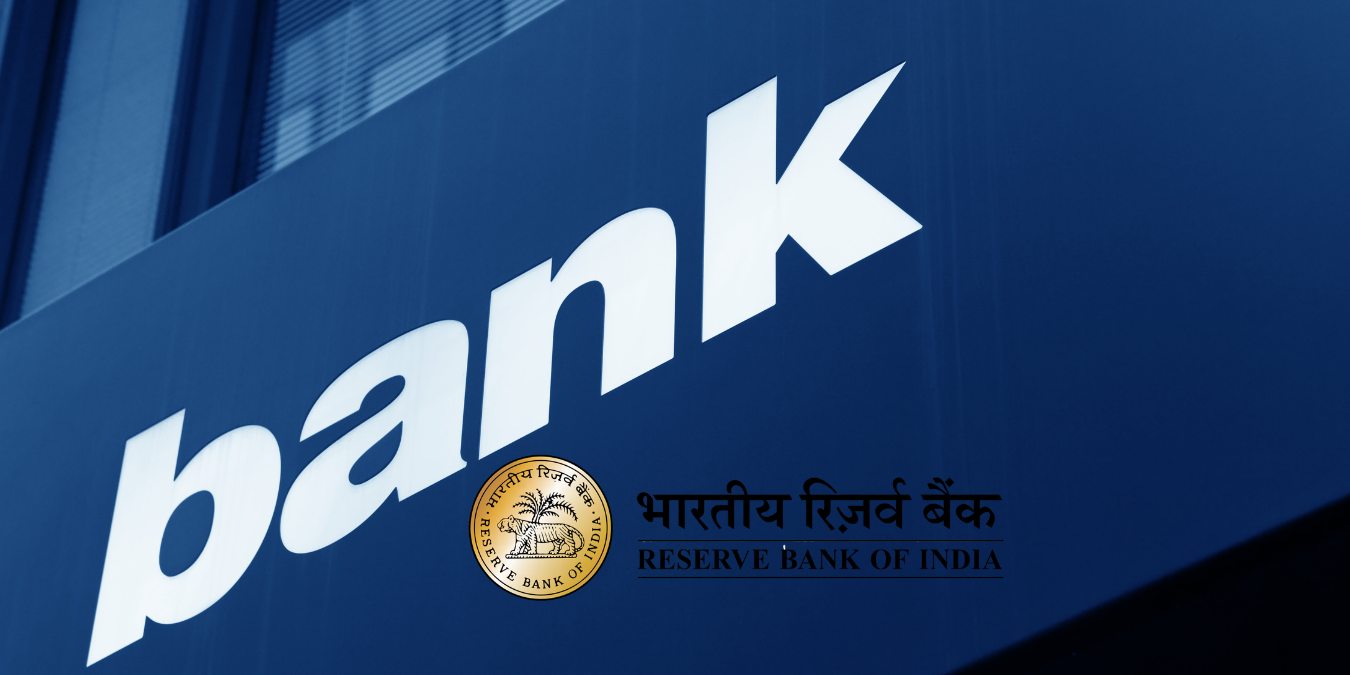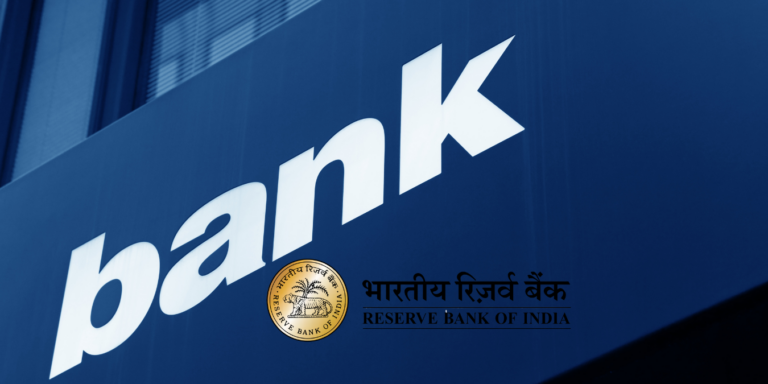
” How much to invest in a residential house for a long-term capital gains exemption under Section 54 & 54F. Updated for 2025 tax rules, this guide covers investment amounts, Budget 2024 changes, and tips to maximize your capital gains tax exemption. Save big on LTCG tax today! “
Selling a property can be a lucrative move, but the tax implications of long-term capital gains (LTCG) can significantly reduce your profit. Fortunately, the Indian Income Tax Act offers provisions like Section 54 and Section 54F, allowing taxpayers to claim exemptions by reinvesting their gains into a residential house. One of the most common questions taxpayers ask is: What amount must be invested in a residential house to claim an exemption for long-term capital gains? In this comprehensive guide, we’ll explore the latest rules, conditions, and calculations as of March 2025 to help you maximize your capital gains tax exemption while staying compliant with tax laws.
Whether you’re a homeowner, investor, or simply planning your finances, understanding how much you need to invest in a residential property to offset LTCG tax is critical. This blog post will break down the requirements, provide real-world examples, and offer actionable insights to ensure you make informed decisions. Let’s dive into the details of long-term capital gains exemption and how you can leverage it effectively.
Understanding Long-Term Capital Gains and Tax Exemptions
Before we address the investment amount, let’s clarify what long-term capital gains are. In India, a capital gain is classified as “long-term” if you hold an asset—such as a residential house—for more than 24 months (for immovable property sold after July 23, 2014). When you sell this asset for a profit, the difference between the sale price and the indexed cost of acquisition is your LTCG, which is taxable at 12.5% without indexation or 20% with indexation, depending on your choice following Budget 2024 updates.
However, the Income Tax Act provides relief through exemptions under Section 54 and Section 54F. These sections allow you to avoid or reduce LTCG tax by reinvesting the proceeds or gains into a residential house, subject to specific conditions. The amount you must invest depends on which section applies to your situation and the nature of your transaction. Let’s explore both provisions to determine the required investment.
Section 54: Exemption for Sale of a Residential House
What is Section 54?
Section 54 applies specifically to individuals and Hindu Undivided Families (HUFs) who sell a residential house and reinvest the long-term capital gains into purchasing or constructing another residential property. This provision is designed to encourage reinvestment in housing while offering tax relief.
How Much Must You Invest Under Section 54?
Under Section 54, the amount you need to invest in a residential house to claim a full exemption is equal to or greater than the long-term capital gains earned from the sale. Here’s how it works:
- Full Exemption: If the cost of the new residential house is equal to or exceeds the LTCG, the entire gain is exempt from tax.
- Partial Exemption: If you invest less than the LTCG, the exemption is limited to the amount invested, and the remaining gain is taxable at 12.5% (or 20% with indexation, if opted).
Key Conditions for Section 54 Exemption
- Eligible Seller: Must be an individual or HUF.
- Asset Sold: Must be a residential house held for more than 24 months.
- New Investment: The LTCG must be used to purchase a new residential house within 1 year before or 2 years after the sale, or to construct a house within 3 years from the sale date.
- Cap on Exemption: As of April 1, 2023 (Budget 2023), the exemption is capped at ₹10 crore, meaning gains exceeding this amount remain taxable.
- Lock-in Period: The new property cannot be sold within 3 years of purchase or construction, or the exemption will be revoked.
Example Calculation
Suppose you sell your residential house on April 15, 2025, for ₹80 lakh. You originally purchased it in 2015 for ₹30 lakh. With indexation (assuming a Cost Inflation Index adjustment), your indexed cost of acquisition is ₹50 lakh. Your LTCG is:
- Sale Price: ₹80 lakh
- Indexed Cost: ₹50 lakh
- Long Term Capital Gain : ₹30 lakh
To claim a full Section 54 exemption:
- You must invest at least ₹30 lakh (the LTCG) in a new residential house.
- If you invest ₹40 lakh, the full ₹30 lakh gain is exempt.
- If you invest ₹20 lakh, only ₹20 lakh is exempt, and ₹10 lakh remains taxable at 12.5% (₹1.25 lakh tax).
Budget 2024 Update
The removal of indexation benefits for properties sold after July 23, 2024, means taxpayers now choose between a 12.5% tax rate without indexation or 20% with indexation. This impacts your net gain calculation and, consequently, the amount you need to reinvest for exemption.
Section 54F: Exemption for Sale of Non-Residential Assets
What is Section 54F?
Section 54F applies when you sell any long-term capital asset other than a residential house (e.g., land, shares, gold) and reinvest the proceeds into a residential house. This section is broader in scope but comes with stricter conditions compared to Section 54.
How Much Must You Invest Under Section 54F?
Under Section 54F, the amount you must invest depends on the net sale consideration (the full sale proceeds minus incidental expenses like brokerage). Here’s the rule:
- Full Exemption: You must invest the entire net sale consideration in a residential house to exempt the full LTCG.
- Partial Exemption: If you invest less than the net sale consideration, the exemption is proportionate:
Exemption = (Amount Invested / Net Sale Consideration) × LTCG
Key Conditions for Section 54F Exemption
- Eligible Seller: Individuals or HUFs only.
- Asset Sold: Any long-term capital asset except a residential house.
- New Investment: Purchase a residential house within 1 year before or 2 years after the sale, or construct one within 3 years.
- Ownership Restriction: You must not own more than one residential house (excluding the new one) on the date of sale.
- Cap on Exemption: Like Section 54, the exemption is capped at ₹10 crore (Budget 2023).
- Lock-in Period: The new house cannot be sold within 3 years.
Example Calculation
You sell a plot of land on May 1, 2025, for ₹60 lakh (net sale consideration). You bought it in 2018 for ₹20 lakh (indexed cost: ₹30 lakh). Your LTCG is:
- Sale Price: ₹60 lakh
- Indexed Cost: ₹30 lakh
- LTCG: ₹30 lakh
To claim a full Section 54F exemption:
- You must invest the entire ₹60 lakh (net sale consideration) in a residential house.
- If you invest ₹60 lakh, the full ₹30 lakh LTCG is exempt.
- If you invest ₹40 lakh, the exemption is:
(₹40 lakh / ₹60 lakh) × ₹30 lakh = ₹20 lakh exempt
The remaining ₹10 lakh LTCG is taxable at 12.5% (₹1.25 lakh tax).
Critical Difference from Section 54
Unlike Section 54, where only the LTCG needs to be reinvested, Section 54F requires the entire sale proceeds to be invested for full exemption. This makes Section 54F more demanding but applicable to a wider range of assets.
Capital Gains Account Scheme (CGAS): A Safety Net
What if you can’t invest in a residential house before filing your Income Tax Return (ITR)? The Capital Gains Account Scheme (CGAS) allows you to deposit unutilized LTCG or sale proceeds into a designated bank account to claim the exemption later. Here’s how it works:
- Deposit Deadline: Before the ITR filing due date (typically July 31 of the assessment year) or the investment deadline, whichever is earlier.
- Withdrawal: Use the funds to purchase or construct a house within the stipulated time (2 years for purchase, 3 years for construction).
- Unutilized Funds: If not used within the time limit, the remaining amount becomes taxable as LTCG in the year the period expires.
For example, if your LTCG is ₹30 lakh and you deposit ₹25 lakh in CGAS by July 31, 2025, you can claim an exemption on ₹25 lakh, provided you invest it in a house by May 1, 2028 (3 years from sale).
Recent Updates Impacting Your Investment
Tax laws evolve, and staying updated ensures you optimize your capital gains tax exemption. Here are the latest changes as of March 27, 2025:
- Budget 2024 Tax Rate Change:
- LTCG tax on property sales after July 23, 2024, is now 12.5% without indexation or 20% with indexation. This affects your net gain and the amount you need to reinvest.
- For pre-July 2024 sales, indexation remains available, potentially reducing your LTCG and investment requirement.
- ₹10 Crore Cap (Budget 2023):
- Both Section 54 and 54F exemptions are limited to ₹10 crore. If your LTCG exceeds this, the excess is taxable, regardless of investment.
- ITAT Rulings:
- Recent Income Tax Appellate Tribunal (ITAT) decisions (e.g., Delhi, March 2025) allow multiple investments in an under-construction house under Section 54F, provided construction completes within 3 years, offering flexibility in planning.
Practical Scenarios: How Much to Invest?
Let’s apply these rules to common situations:
Scenario 1: Selling a House, Buying a House (Section 54)
- Sale: Residential house sold for ₹1.2 crore (indexed cost: ₹70 lakh, LTCG: ₹50 lakh).
- Investment Needed: At least ₹50 lakh in a new house for full exemption. If you invest ₹60 lakh, the full ₹50 lakh is exempt; if ₹40 lakh, ₹10 lakh is taxable.
Scenario 2: Selling Land, Buying a House (Section 54F)
- Sale: Land sold for ₹80 lakh (indexed cost: ₹40 lakh, LTCG: ₹40 lakh).
- Investment Needed: Entire ₹80 lakh for full exemption. If you invest ₹60 lakh, exemption = (₹60 lakh / ₹80 lakh) × ₹40 lakh = ₹30 lakh, and ₹10 lakh is taxable.
Scenario 3: High-Value Sale with Cap
- Sale: House sold for ₹15 crore (indexed cost: ₹4 crore, LTCG: ₹11 crore).
- Investment Needed: ₹11 crore for full exemption under Section 54, but capped at ₹10 crore. ₹1 crore remains taxable.
Tips for Maximizing Your Exemption
- Plan Ahead: Time your sale and purchase to meet the 1-year-before or 2-year-after window for purchase, or 3 years for construction.
- Use CGAS: Deposit unutilized gains to buy time without losing the exemption.
- Consult a Tax Expert: Complex cases (e.g., joint ownership, inherited property) may require professional advice to optimize tax savings.
- Monitor Budget Changes: Tax rates and exemptions evolve—stay informed to adjust your strategy.
How Much Should You Invest?
The amount you must invest in a residential house to claim an exemption for long-term capital gains depends on the section you’re using:
- Section 54: Invest at least the LTCG (capped at ₹10 crore).
- Section 54F: Invest the entire net sale consideration (capped at ₹10 crore) for full exemption, or a proportionate amount for partial relief.
As of March 2025, with the 12.5% tax rate and ₹10 crore cap in play, strategic planning is more crucial than ever. Whether you’re selling a house or another asset, investing in residential property for tax benefits can save you significant amounts—if done correctly. Use this guide to calculate your investment, leverage CGAS if needed, and consult a tax professional to ensure compliance and optimization
Frequently Asked Questions (FAQs)
1. Can I claim an exemption for two houses under Section 54?
Yes, if your LTCG is ≤ ₹2 crore, you can invest in two residential houses (Finance Act 2019). This is a one-time option in your lifetime.
2. What if I don’t invest the full amount by the ITR deadline?
Deposit the unutilized amount in CGAS to retain eligibility for the exemption.
3. Does the new house have to be in India?
Yes, both Section 54 and 54F require the new residential property to be in India.
4. What happens if I sell the new house within 3 years?
The exemption is revoked, and the previously exempt LTCG becomes taxable in the year of sale.
.
-

High-Value Credit Card Payments: The Silent Trigger for Section 148 Notices
-

RBI Replaces Flat-Rate Deposit Insurance with Risk-Based System
-

Big Spender Alert Who Skip Tax Filing: Income Tax’s Hidden System Recovers ₹37K Cr Already
-

Indian Stock Market Trends: Sensex, Nifty Steady Amid Global Cues – Key Insights for December 19, 2025




























